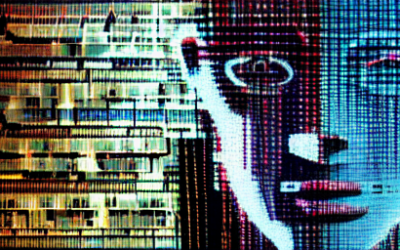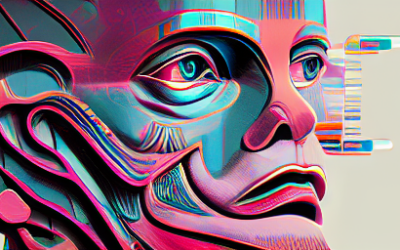Responsible AI: The concept of designing, developing, and deploying AI systems in an ethical and socially responsible manner. Responsible AI considers aspects such as fairness, transparency, accountability, privacy, and the potential impacts of AI on society.
Tech Blog
Tech Insights, Information, and InspirationUnderstanding GANs: How Generative Adversarial Networks are Transforming AI
In the world of artificial intelligence, Generative Adversarial Networks, or GANs, have emerged as a powerful and revolutionary concept. With their ability to generate realistic and high-quality synthetic data, GANs have captured the attention of researchers, developers, and enthusiasts alike. These networks are transforming the way we approach various AI applications, from computer vision and image synthesis to natural language processing and even drug discovery.
An Introduction to Multi-Agent Systems
A multi-agent system (MAS) is a computational framework consisting of multiple interacting agents or autonomous entities, each with its own goals, knowledge, and decision-making capabilities. These agents can be software programs, robots, or any other smart entities that can perceive their environment, reason, learn, communicate, and take actions to achieve their objectives.
ChatGPT Integrations: Revolutionizing Customer Experience
Chatbots have made their way into various industries, revolutionizing customer experiences. At the forefront of this revolution is ChatGPT, a cutting-edge AI model that understands and generates human-like responses. Integrating ChatGPT into your business can help improve customer support, lead generation, and user engagement.
A Guide to AI Buzzwords
Artificial Intelligence (AI) has become an integral part of our digital landscape, transforming industries and businesses with its innovative applications. With rapid advancements in AI technology, several buzzwords have emerged that dominate conversations about this fascinating field.
Autonomous AI Agents
Both OODA and PDCA are used in autonomous AI decision-making. OODA is used to make decisions in dynamic environments, while PDCA is used to make decisions in stable environments. In autonomous AI decision-making, the OODA model is used to observe the environment, orient the AI system to the situation, decide on a course of action, and act on the decision.
Boosting Workplace Productivity with AI
AI can be a great tool to boost work productivity in the workplace. By automating certain tasks, analyzing data quickly and accurately, creating predictive models, and streamlining workflow, AI can help companies save time, money, and resources, allowing them to achieve their goals more efficiently.
Midjourney AI Explored
Midjourney AI is a machine-learning platform that provides businesses with data-driven insights and automated services. It uses artificial intelligence and natural language processing to create an intuitive and personalized experience.
AI in Logistics
Artificial Intelligence (AI) is becoming increasingly important in the logistics industry and is being used to optimize transportation and warehouse operations. AI can be used to automate processes, such as route optimization, inventory management, and customer service. AI-driven logistics systems can help companies save time and money, reduce errors, and improve customer service and satisfaction.
What is GPT-3 and How to use it?
GPT-3 is a dynamic tool used for natural language processing (NLP) tasks such as text generation, question answering, machine translation, and summarization. The model is able to generate text with minimal prompting, and can even be used to create Wikipedia articles.
Get In Touch
UseTech Design, LLC
TROY, MI • BLOOMFIELD HILLS, MI
Call or text +1(734) 367-4100










